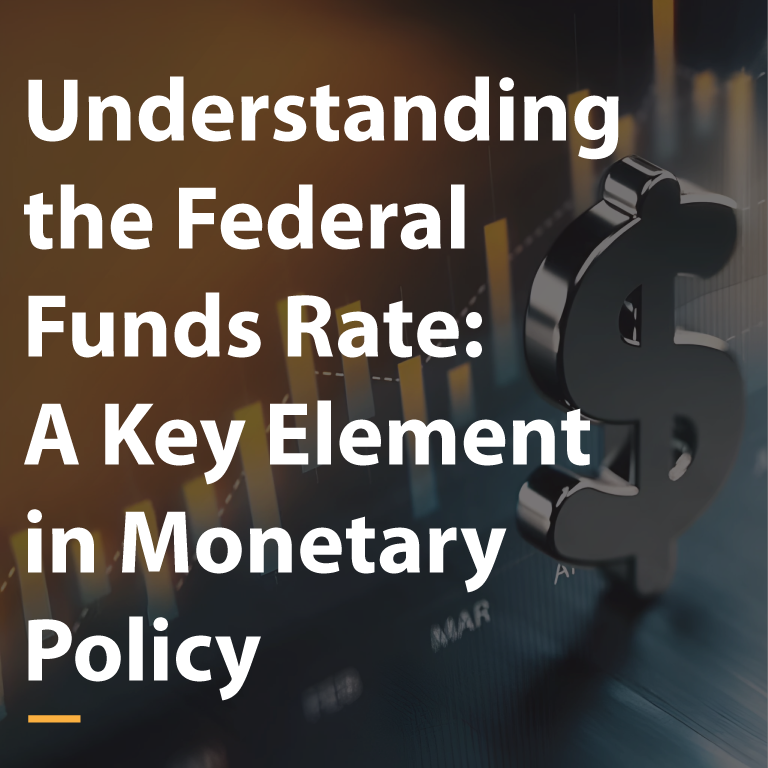Contents
The Federal Funds Rate, a crucial aspect of the United States’ monetary policy, is the target interest rate range set by the Federal Open Market Committee (FOMC). This rate dictates the overnight borrowing and lending transactions among commercial banks and plays a pivotal role in shaping the nation’s economic landscape.
Highlights:
- The Federal Funds Rate is a key tool used by the Federal Reserve to influence the economy.
- The rate is set by the Federal Open Market Committee (FOMC) and affects overnight borrowing and lending between banks.
- The Federal Funds Rate has a significant impact on interest rates for consumers and businesses.
What is the Federal Funds Rate?
The Fed Funds Rate refers to the interest rate at which commercial banks lend their excess reserves to each other overnight. This overnight borrowing and lending facilitate the maintenance of reserve requirements mandated by the Federal Reserve, influencing the overall liquidity in the banking system.
Determinants of the Federal Funds Rate
The FOMC, the policymaking body of the Federal Reserve System, determines the target Federal Rate. This decision-making process occurs during the committee’s eight annual meetings and is guided by various economic indicators, including core inflation rates and durable goods orders reports.
Historical Perspectives
Examining the Effective Fed Funds Rate since 1954 reveals its fluctuation in response to economic conditions. Notably, during the Great Recession, the rate was slashed to a record low of 0% to 0.25% to stimulate economic growth. Conversely, in 2022, the Federal Reserve initiated a series of rate hikes to combat inflation, reaching a target range of 5.25% to 5.5% by July 2023.
Impact on the Economy
The Federal Funds Rate significantly influences monetary and financial conditions, subsequently impacting critical aspects of the broader economy such as employment, growth, and inflation. This rate also indirectly influences short-term interest rates, affecting loans for homes, cars, and credit cards.
Mechanism of the Fed Funds Rate
The Federal Funds Rate works by banks lending or borrowing excess reserves overnight to meet reserve requirements. While the FOMC sets the target rate, the actual interest rate is determined through negotiations between lending and borrowing banks, resulting in the effective federal funds rate.
The Federal Rate vs. Regular Interest Rates
Distinguishing between the Federal Funds Rate and regular interest rates is essential. The former sets the range for overnight transactions between banks, impacting borrowing costs and financial conditions. In contrast, regular interest rates, set by the Federal Reserve, determine the cost for banks to borrow. Investors closely monitor the Federal Funds Rate as a crucial indicator of future market movements.
Conclusion
In conclusion, the Federal Funds Rate stands as a linchpin in the monetary policy arsenal of the United States. Its determination, historical variations, and profound impact on the economy make it a focal point for policymakers, financial institutions, and investors alike. Understanding the Federal Funds Rate is paramount for comprehending the intricacies of economic dynamics and anticipating shifts in the financial landscape.
Read more: Inside PCE: The Essentials of Personal Consumption Expenditures








